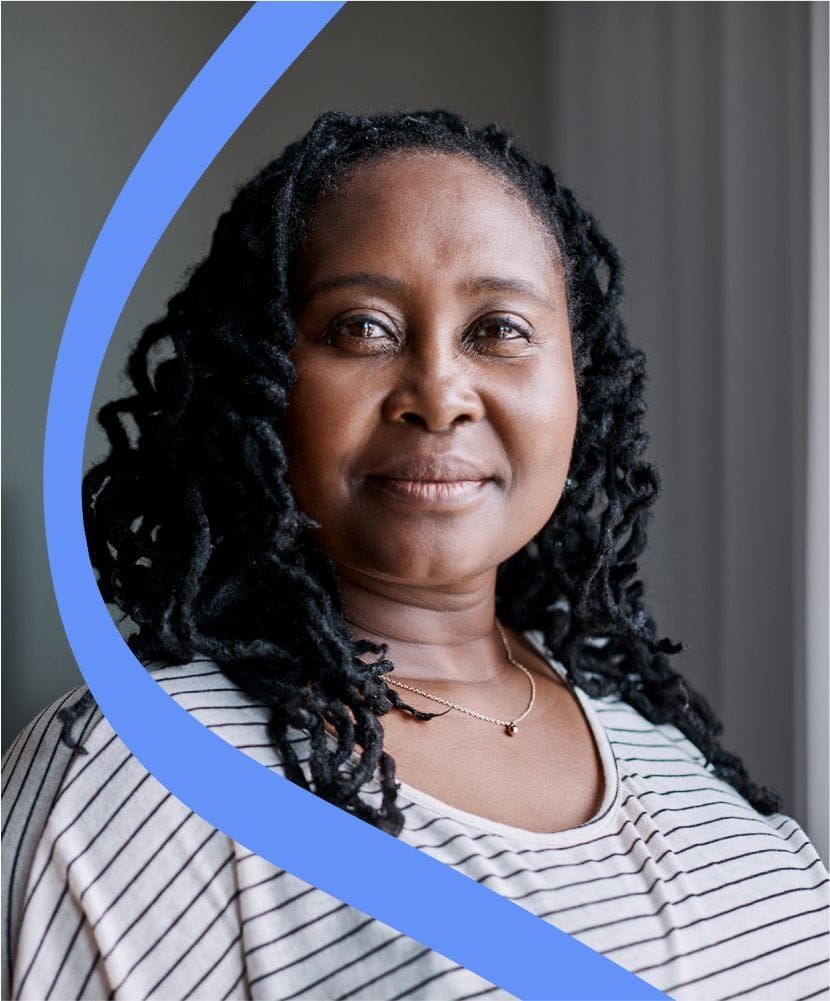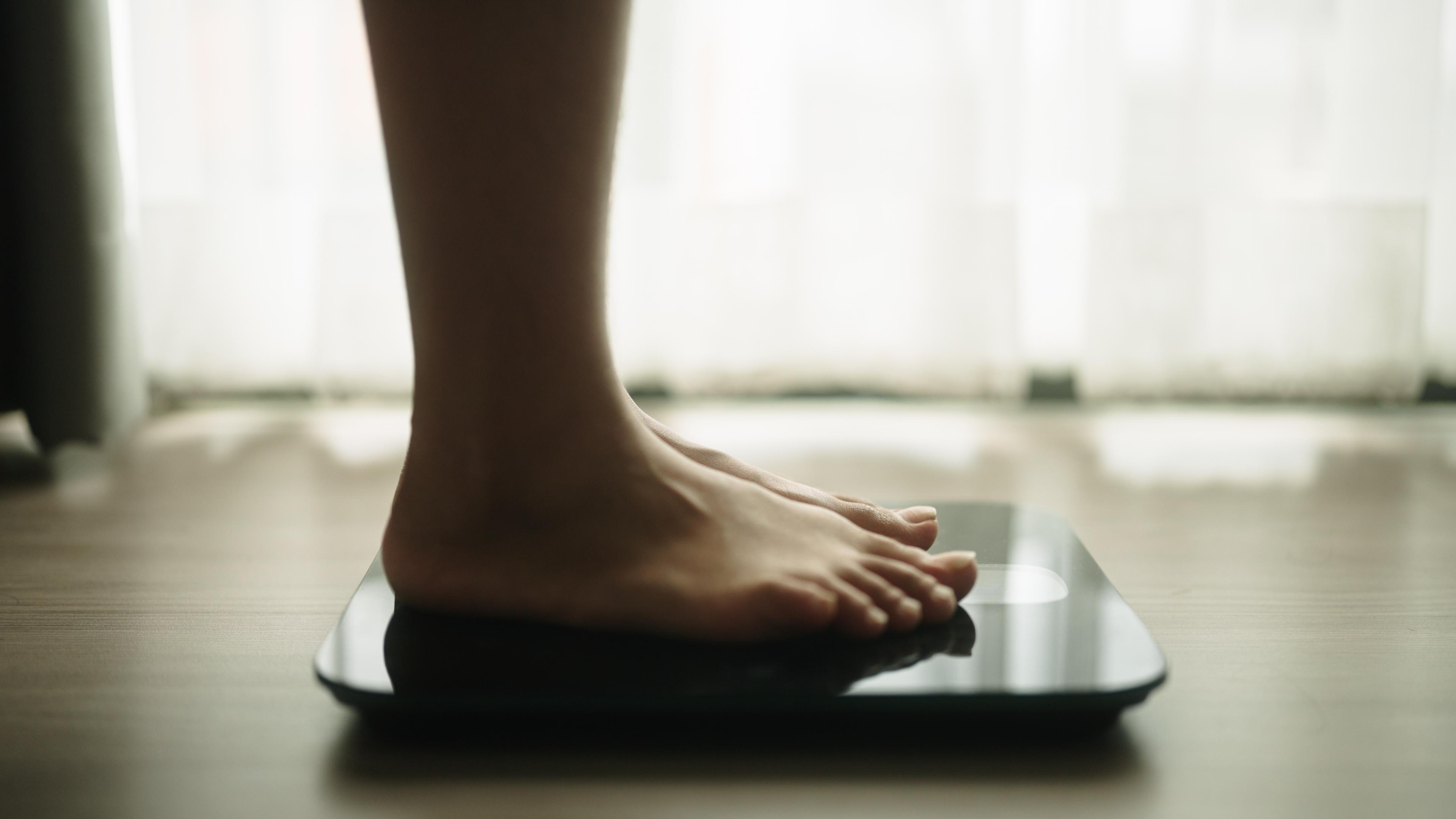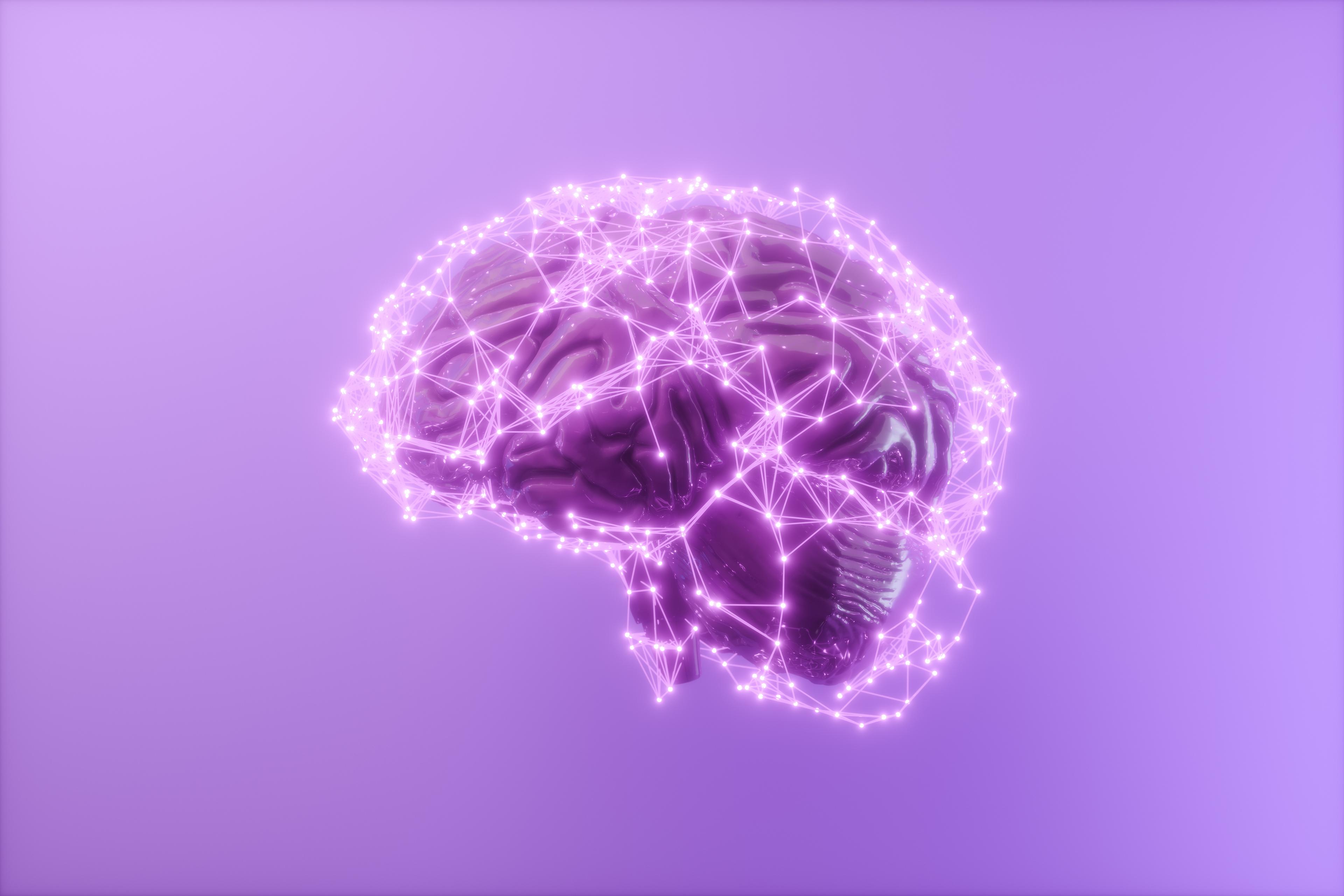- Weight changes, both up and down
- Lack of energy
- Stomach cramps or other gastrointestinal complaints, like constipation or acid reflux
- Thinning or loss of hair
- Eating much more rapidly than normal
- Eating until feeling uncomfortably full
- Eating large amounts of food when not feeling physically hungry
- Eating alone because of being embarrassed by how much one is eating
- Feeling disgusted with oneself, depressed, or very guilty after overeating

- Increased risk for diabetes, high blood pressure, high cholesterol, and some kinds of cancer
- Gastrointestinal issues, like bloating, cramping, nausea, vomiting, or constipation
- Acid reflux
- Lethargy
- Gallbladder disease
- Arthritis
- Insulin resistance
- Sleep apnea
- Musculoskeletal problems
- Increased risk for psychiatric illnesses, particularly depression, anxiety and substance use disorder
- Low self-esteem
- Social withdrawal and isolation that interferes with interpersonal relationships
- Decreased productivity and motivation at work, school, or home
As frustrating as it is, there is rarely one identifiable cause of an eating disorder, and binge eating disorder is no different. More often than not, it is a constellation of neurobiological and environmental factors: in other words, someone has a genetic predisposition to developing an eating disorder, and then the eating disorder is “turned on” by environmental factors. Some factors that can contribute to the development of binge eating disorder include depression, an increased sensitivity to dopamine, and childhood bullying. Poor body image and dieting are also risk factors for BED. Learn more about the causes of eating disorders on our blog.
Treatment for binge eating disorder focuses on identifying factors that increase risk of engaging in eating disorder behaviors and introducing tools and skills to stop behaviors. Once the patient has made progress with normalizing eating behaviors, treatment may shift to other areas, like co-occurring conditions, handling triggers, and relapse prevention.
To accomplish all this, our clinicians use a variety of different evidence-based treatment modalities, including CBT-E (a form of cognitive behavioral therapy designed specifically for eating disorders), DBT (dialectical behavioral therapy), and ERP (exposure and response prevention). For younger patients who live with their family, we generally use FBT (family-based treatment).
Though the specifics of a binge will look different from person to person and circumstance to circumstance, there are some defining criteria. A binge is defined as an episode of eating in which a person eats a large quantity of food while feeling a lack of control. This often means eating past the point of fullness until uncomfortable, eating extremely quickly, eating alone, and feeling shame after eating.



- National Institute of Mental Health. (2020). Definition & Facts for Binge Eating Disorder. U.S. Department of Health and Human Services, National Institutes of Health. Retrieved November 21, 2024, from https://www.niddk.nih.gov/
- Berkman ND, Brownley KA, Peat CM, et al. Management and Outcomes of Binge-Eating Disorder [Internet]. Rockville (MD): Agency for Healthcare Research and Quality (US); 2015 Dec. (Comparative Effectiveness Reviews, No. 160.) Table 1, DSM-IV and DSM-5 diagnostic criteria for binge-eating disorder. Available from: https://www.ncbi.nlm.nih.gov/books/NBK338301/table/introduction.t1/
- Kessler, Ronald C et al. “The prevalence and correlates of binge eating disorder in the World Health Organization World Mental Health Surveys.” Biological psychiatry vol. 73,9 (2013): 904-14. doi:10.1016/j.biopsych.2012.11.020






